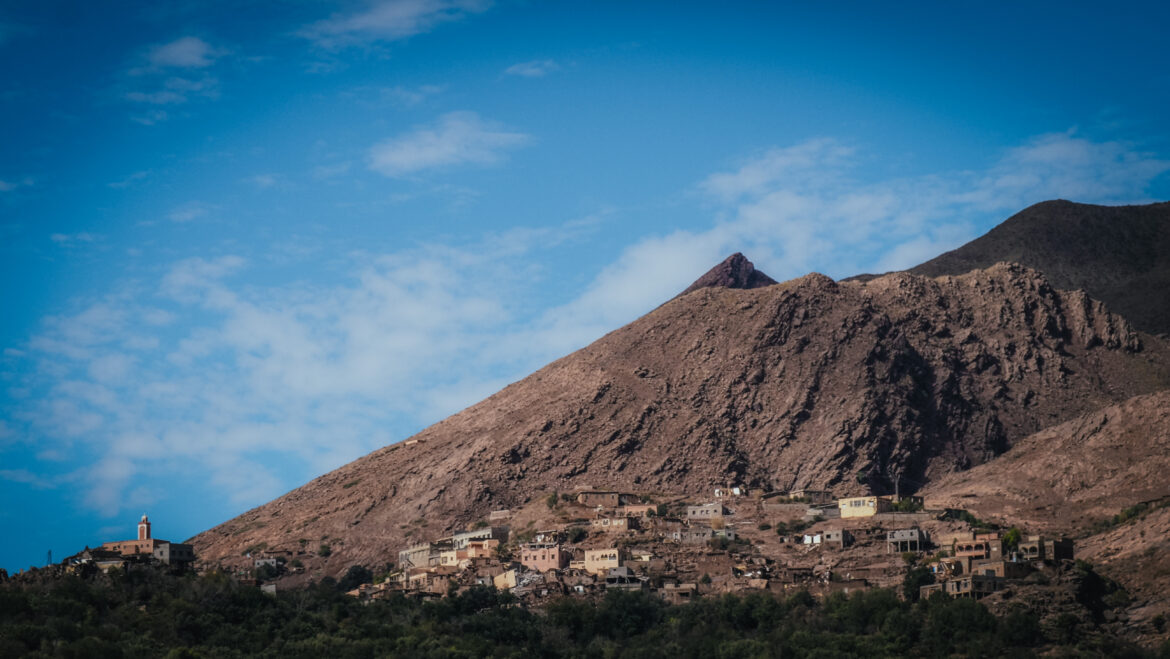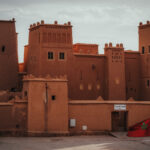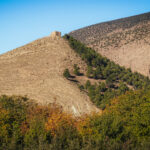Tizi n’Test is a mountain pass located in the High Atlas mountains, that connects the cities of Marrakech and Taroudant via a scenic but challenging route. The pass is at an elevation of approximately 2,092 meters above sea level.
It has been a critical route for centuries, used by traders and travellers moving between the northern plains and the southern regions of Morocco. The area is rich in Berber culture, with many traditional Berber villages that can be visited along the route.
The Tizi n’Test area is geologically active and subject to seismic events due to the region’s tectonic activity. The High Atlas Mountains are situated on the boundary between the African and Eurasian tectonic plates and this tectonic interaction creates fault lines and seismic activity.
September 2023 Earthquake
A strong 6.8-magnitude earthquake occurred in Morocco on September 8, 2023. The epicentre was roughly 72 kilometres southwest of Marrakech, close to the town of Oukaimedene in the High Atlas Mountains. This earthquake occurred at a shallow depth of 18 kilometres, resulting in strong surface shaking that was felt over a wide area, including Casablanca, Portugal, and Algeria. Significant damage was wrought by the earthquake, especially in the province of Al Haouz and the neighbouring High Atlas area. Over 2,900 people lost their lives and over 5,500 were injured as a result of it. Buildings collapsed and infrastructure was damaged in numerous isolated mountain settlements, making rescue operations difficult. Marrakech’s historic neighbourhoods also sustained significant damage.
About 20 minutes after the initial earthquake, an additional 4.9 magnitude aftershock occurred, making rescue and relief efforts much more challenging. The level of destruction and the difficult terrain presented major obstacles to the Moroccan government’s and foreign aid organizations’ massive attempts to deliver relief to the impacted populace.
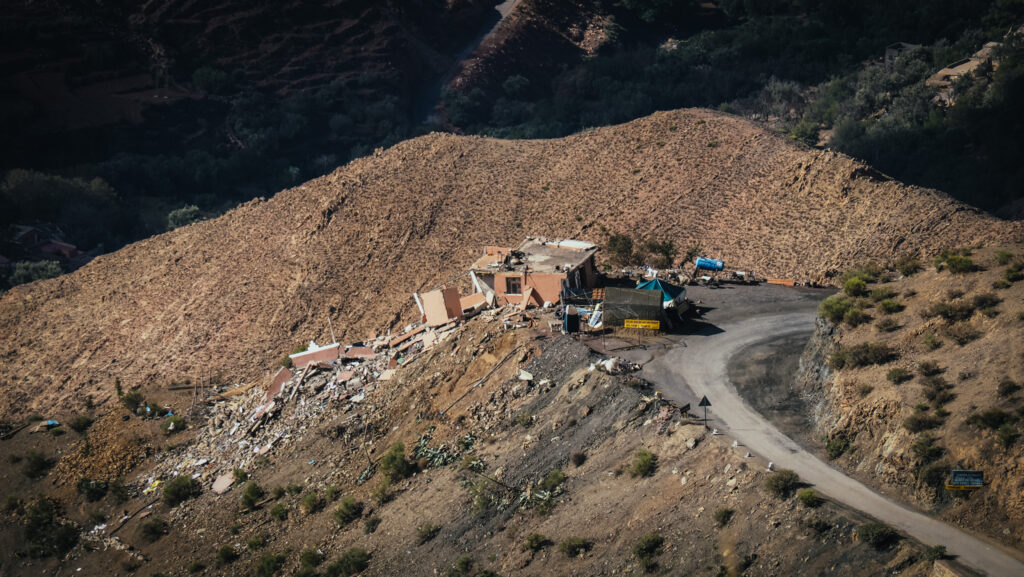
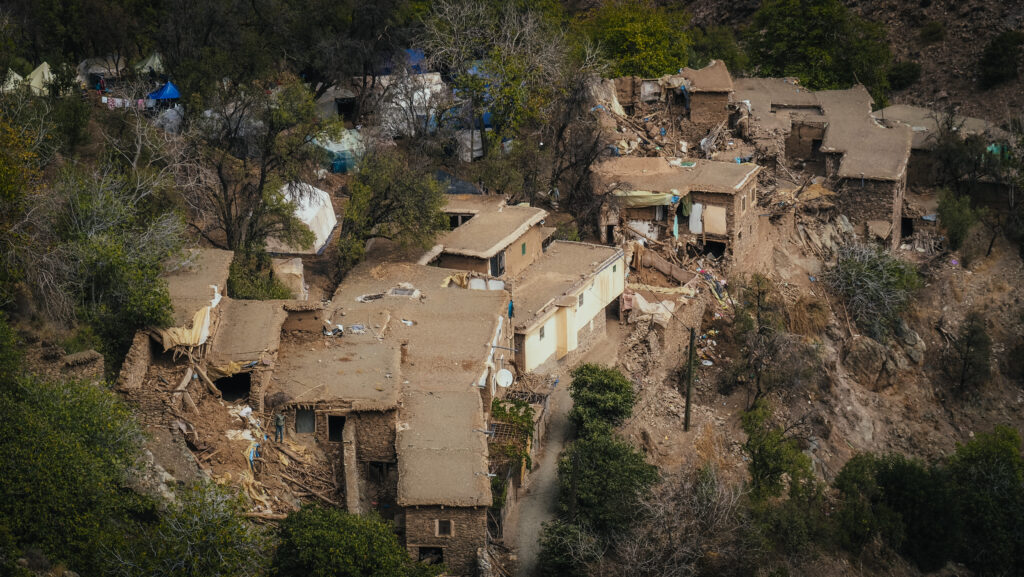
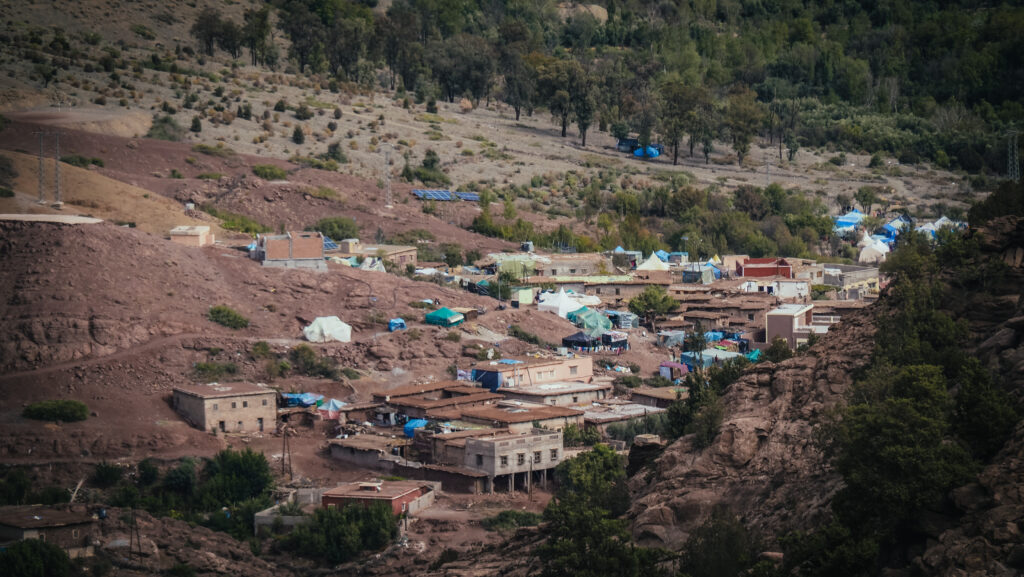
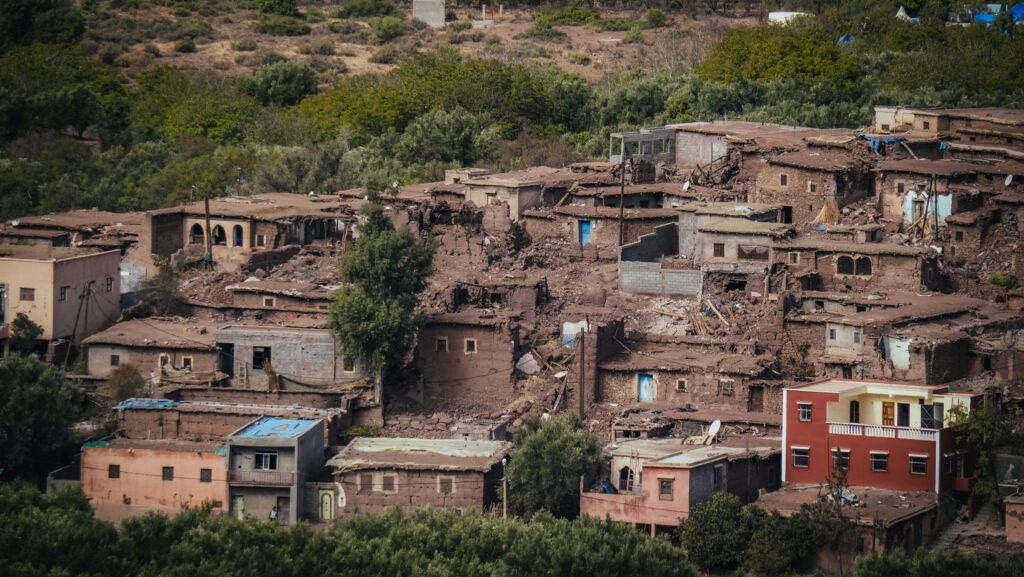
How to get there?
The best option is to rent a car either in Taroudant, Marrakesh or Agadir. The landscape is phenomenal and it’s good to be independent and travel at your own pace. I did the drive in a Renault Clio so a 4×4 vehicle is not necessary.
If you decide to start from Agadir, I recommend using the service of Click’n’Go Car Rental. Amiable guys and easy to contact on WhatsApp. I rented a Renault Clio for the whole month and got a nice price.
Not having a car will make a trip significantly longer and less comfortable. Most likely you will need to take local minibuses or hitchhike but there is not a lot of traffic.
The best time to visit
The best time to drive Tizi n’Test is during the late spring, summer, and early autumn months.
Late Spring (April to June): Generally mild and pleasant temperatures. The mountains are lush with greenery and wildflowers are in bloom, making for beautiful views.
Summer (July to September): Warm to hot temperatures but cooler in the higher elevation of the pass. The road is typically clear of snow, and driving conditions are generally safe. There are fewer tourists compared to other popular destinations in Morocco, offering a more tranquil experience.
Early Autumn (October to early November): Mild and pleasant temperatures with the possibility of cooler nights. The autumn colours begin to appear, adding to the visual appeal of the drive.
Winter (December to February): Definitely to avoid. The pass can be closed due to snow and icy conditions. Even if open, the driving can be hazardous. Early spring (March) is not the best either. While the snow might begin to melt, conditions can still be unpredictable, with the possibility of lingering snow and ice on the road.
Safety
As mentioned before, I did the drive in a Renault Clio so a 4×4 vehicle is not necessary. However, always aim to travel during daylight hours to better appreciate the views and ensure safer driving conditions. Before embarking on your journey, check the weather forecast and road conditions. Weather in mountainous areas can change rapidly.
A mobile signal may be weak or nonexistent in some areas, so inform someone of your travel plans and expected arrival time. Last but not least, ensure your vehicle is in good condition, with a full tank of fuel and emergency supplies. By planning your trip during the optimal months and taking necessary precautions, you can enjoy a safe and scenic drive through the Tizi n’Test.
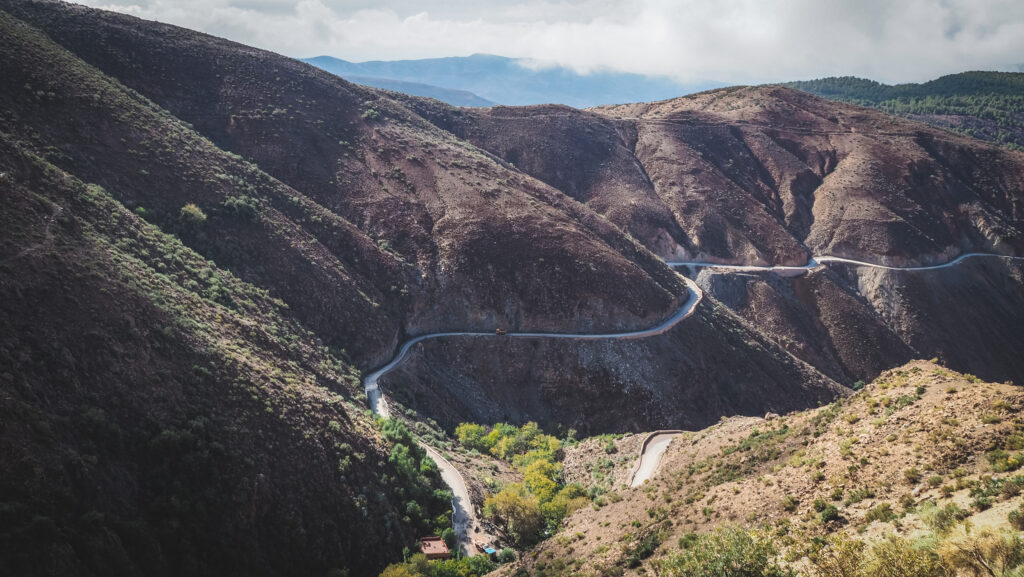
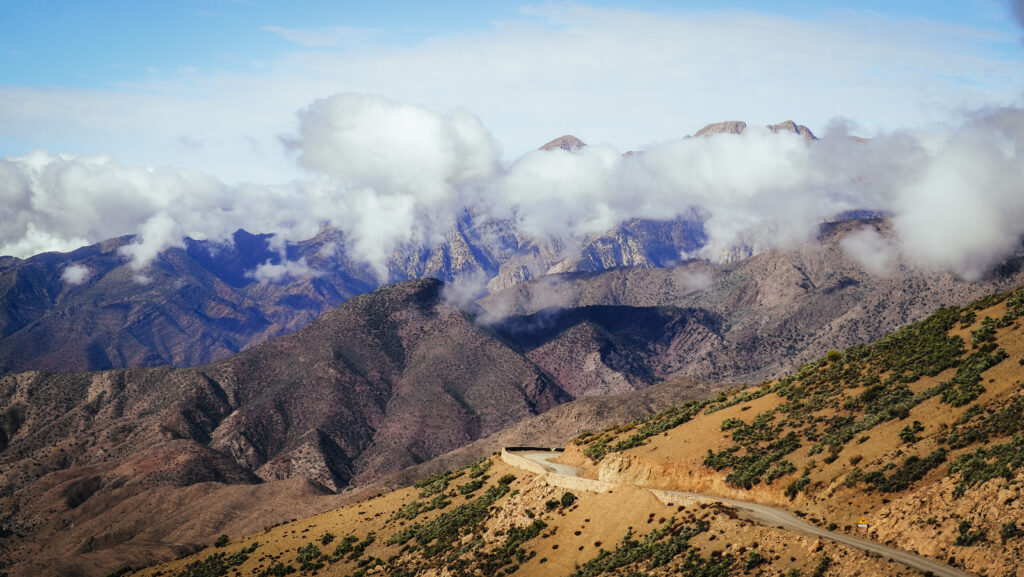
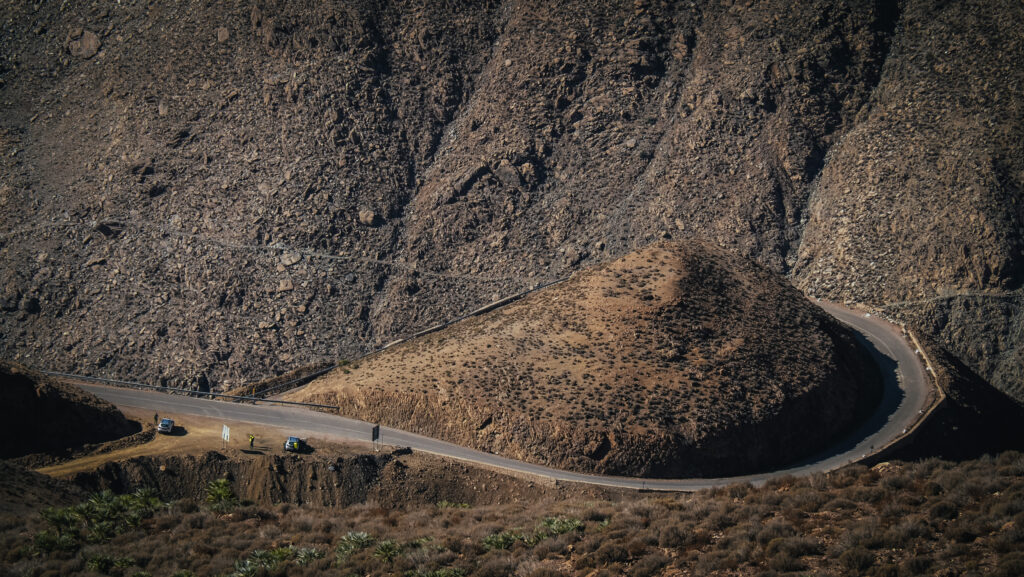
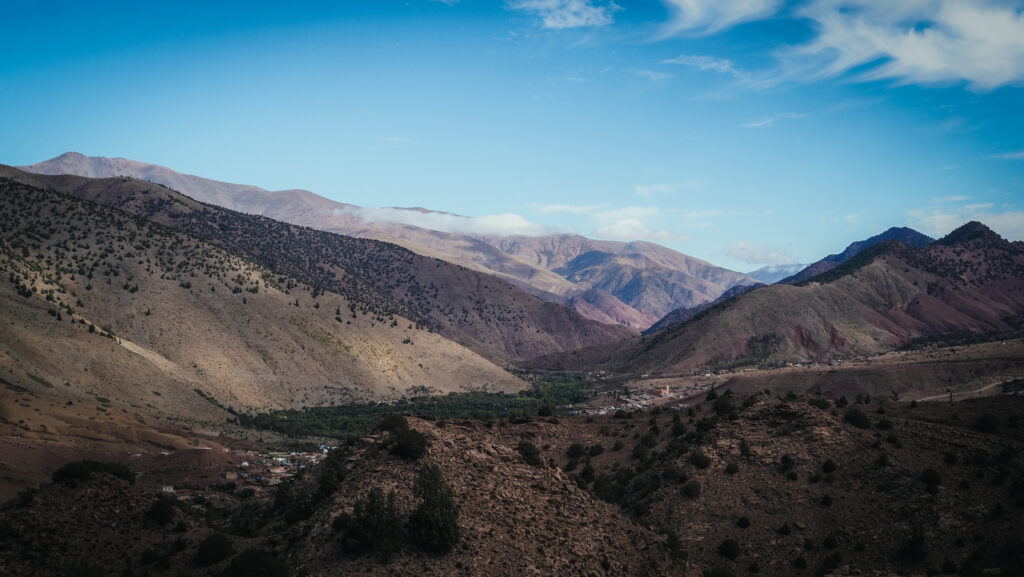
How long does it take?
The distance between Taroudant and Marrakesh is 225 km and it takes 5 hours of driving but obviously, you should add some time for stops as the views are amazing. A detour to Lalla Takerkoust will add about one more extra hour to driving time.
The drive through Tizi n’Test
I had some doubts if driving through the pass a few days after the earthquake was a good idea, but the day before departure I had met a guy travelling on a motorcycle who confirmed that the pass was open. I left Taroudant very early in the morning and headed east towards Oulad Ali. It was October 24th, so a bit over a month since the deadly earthquake.
On the way there I noticed three young boys hitchhiking on the side of the road so I decided to give them a lift. They seemed to be really nice even though we couldn’t communicate in English. I made several stops to take pictures and soon I saw the first village which seemed to be destroyed by the quake. There was a lot of rubble and some collapsed buildings. I bit further were emergency tents in blue or yellow colours, providing temporary shelters for inhabitants.
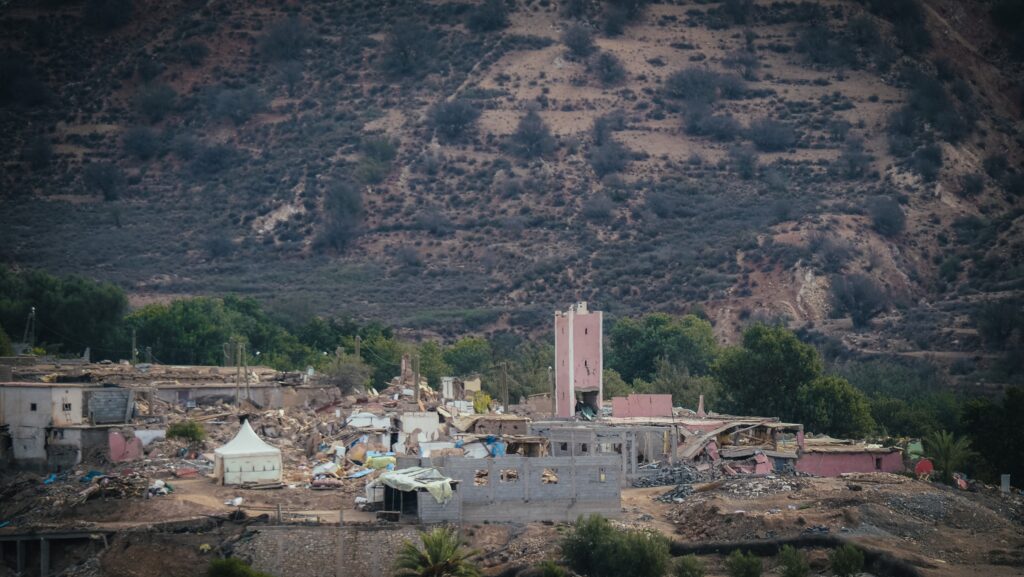
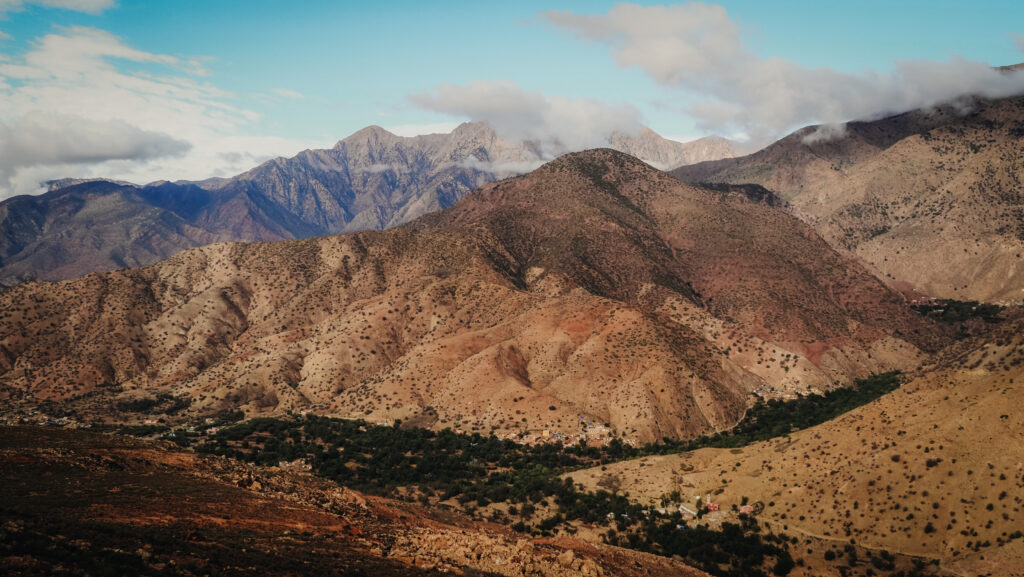

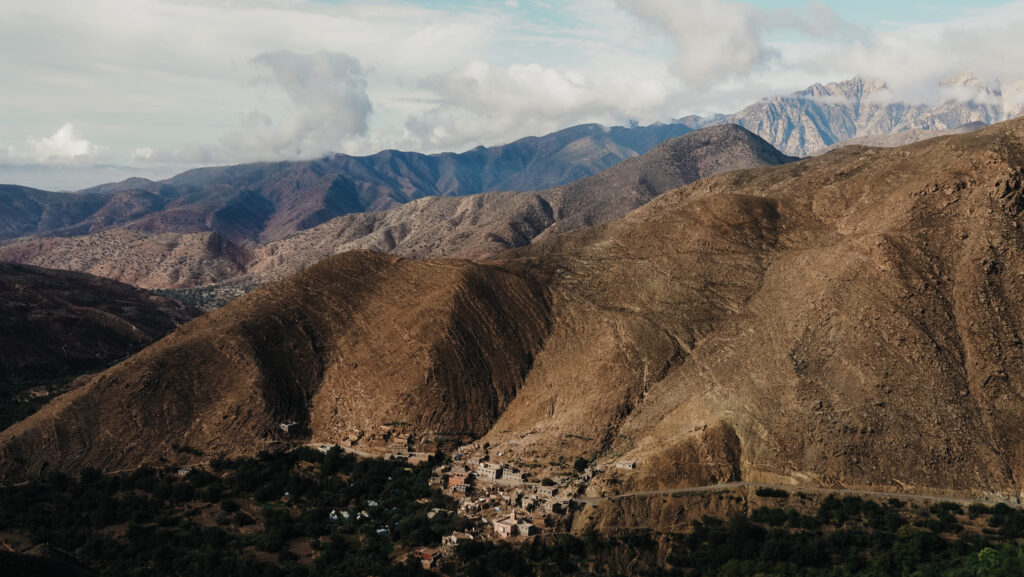
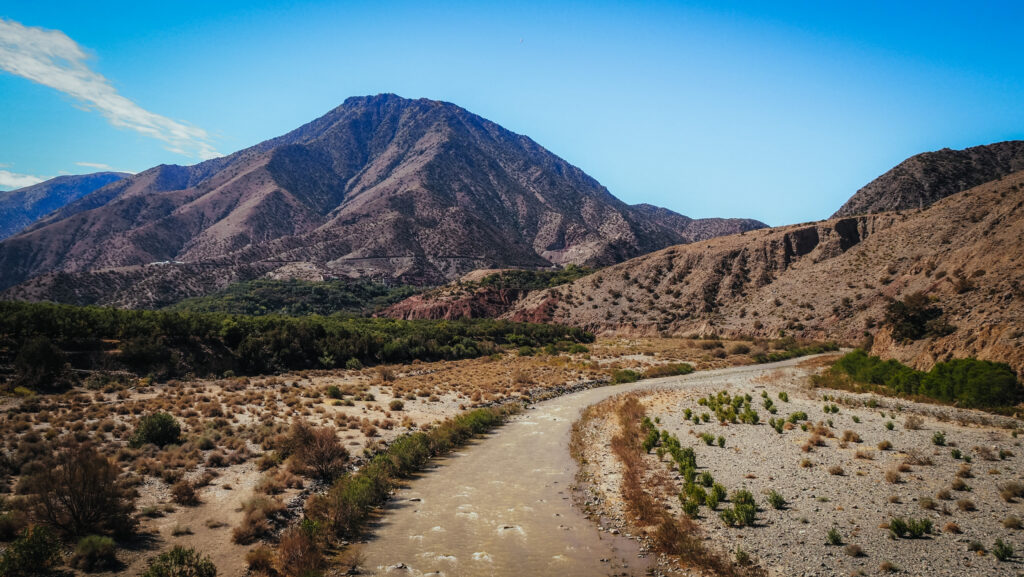
The way to the top of the pass was easy and soon I reached Hotel La Haute Vue. A traditional small cafe and restaurant where you can enjoy cool drinks or even spend a night if you wish to. Waking up near the top of the pass must be magical!
More interesting places and landscapes were waiting along on the descent. Near the pass is the historic Tin Mal Mosque, built in the 12th century. It is one of the few mosques in Morocco that non-Muslims can visit and is an important site in Moroccan history. It was significantly damaged during the earthquake and was off-limits for tourists.
I took many hitchhikers on that day. The most interesting was the guy carrying a huge bag full of nuts. As we reached his destination, he repacked some nuts into a smaller plastic bag and handed it to me as a thank-you gift. Very nice of him!
The area along the descent towards Marrakesh seemed to be the most destroyed by the earthquake, with lots of collapsed buildings emergency tents and destroyed cars. I saw plenty of police and military vehicles as well as volunteers working for World Central Kitchen and other humanitarian organizations providing aid.
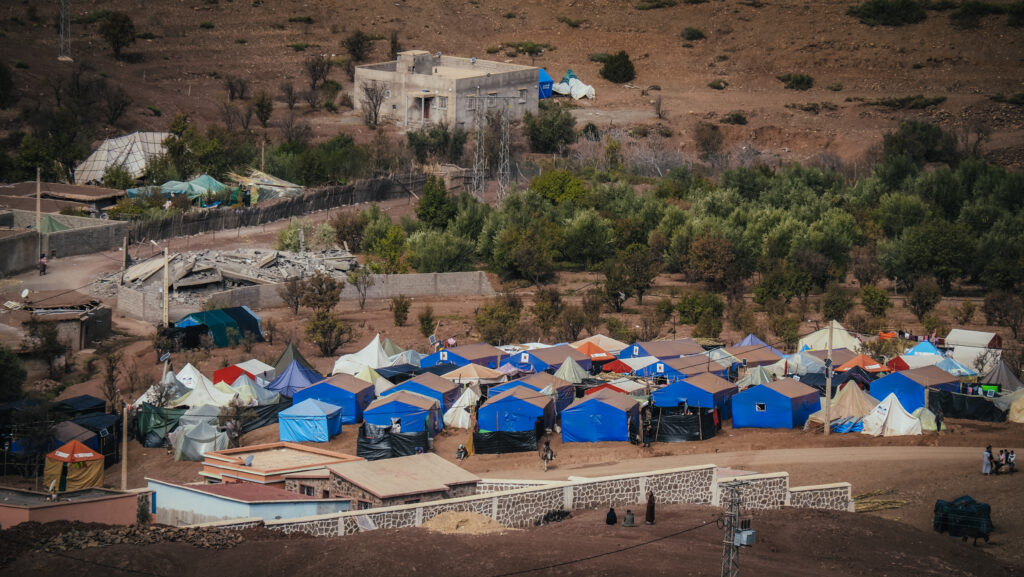
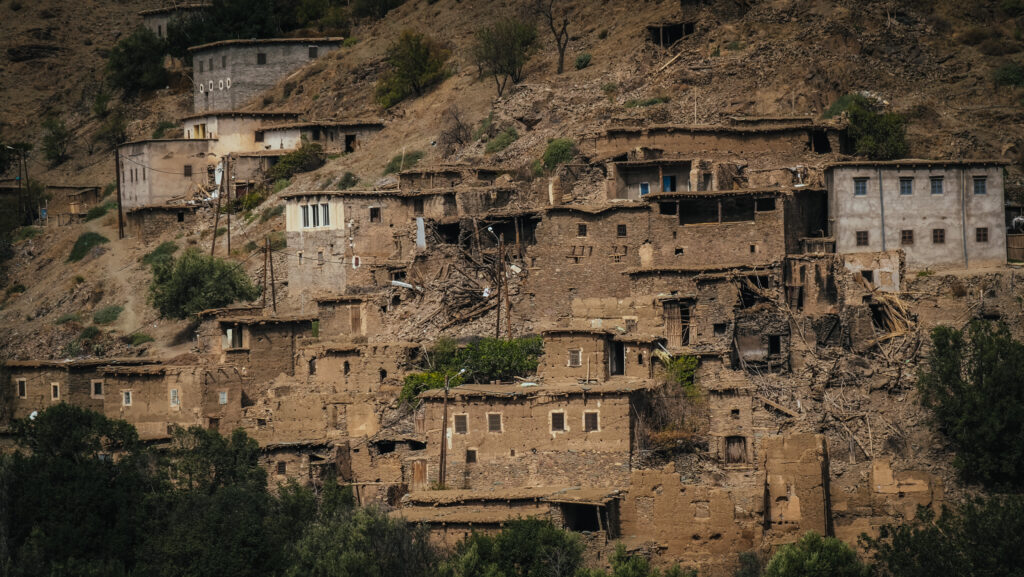

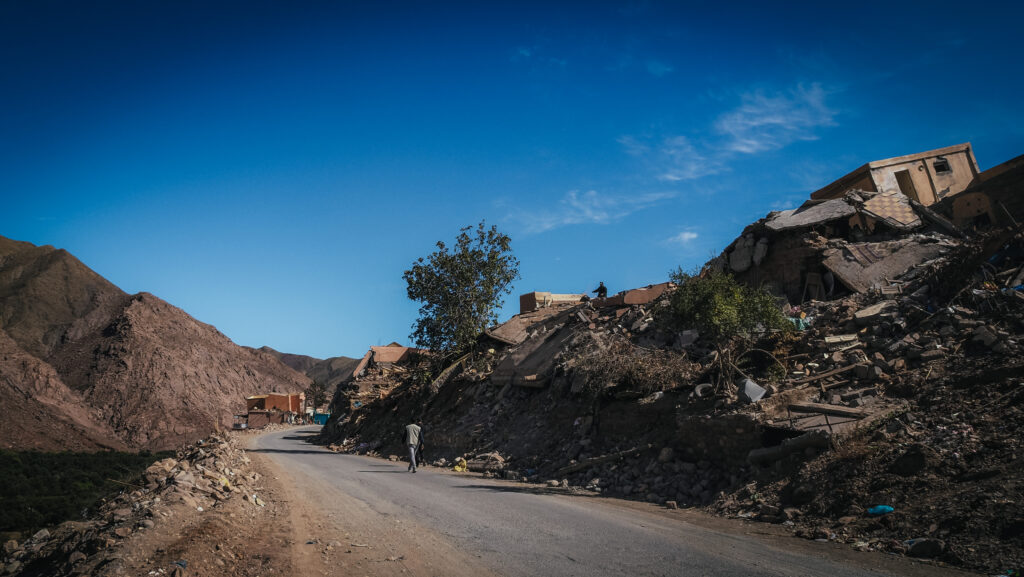

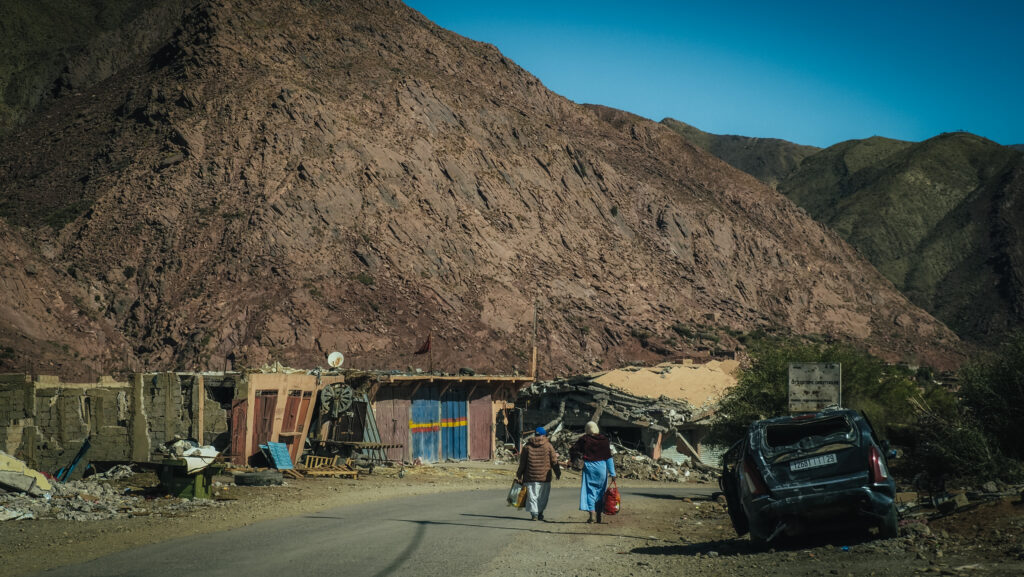

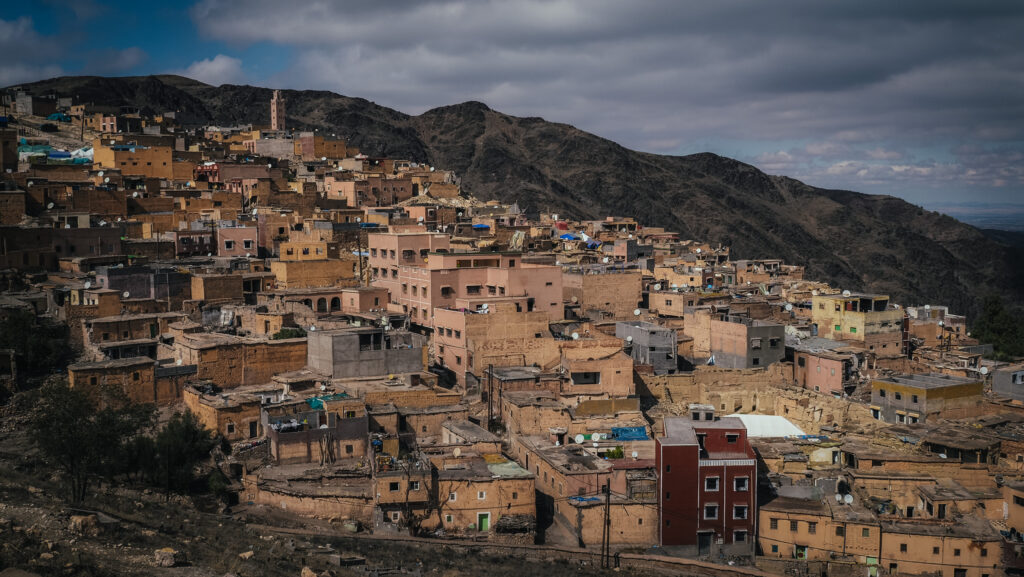
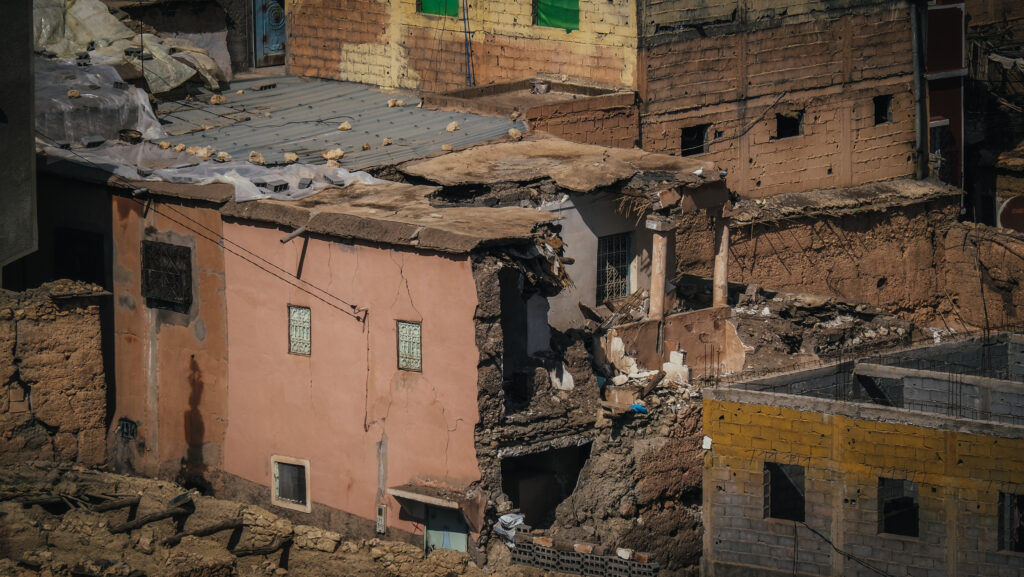
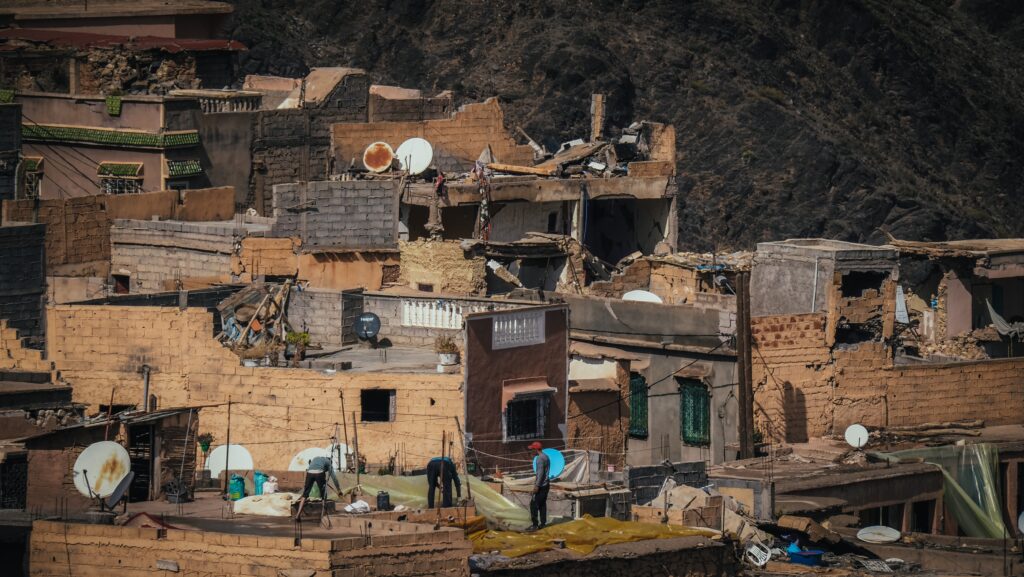
Local people were forced to live inside temporary tents while the temperatures at night were close to 0 C. It was a shocking view and it helped to realize how powerful that natural disaster was. The houses in that region are mostly built from clay or earth and that’s why they are so fragile to collapse.
When I passed Asni, I decided to make a detour to Lalla Takerkoust to see the lake, but the way to get there was much more interesting than the lake itself.
The lake is actually a reservoir created by the Lalla Takerkoust Dam, built during the French colonial period in the 1920s. It is a popular spot for water activities such as jet skiing, kayaking, paddle boarding, and fishing. The serene environment also makes it ideal for picnics and relaxing by the water.
Agafay Desert may not be as impressive as the Sahara, but the first impression was quite good. Lots of quads were driving around as it is a popular half-day activity from Marrakesh.


